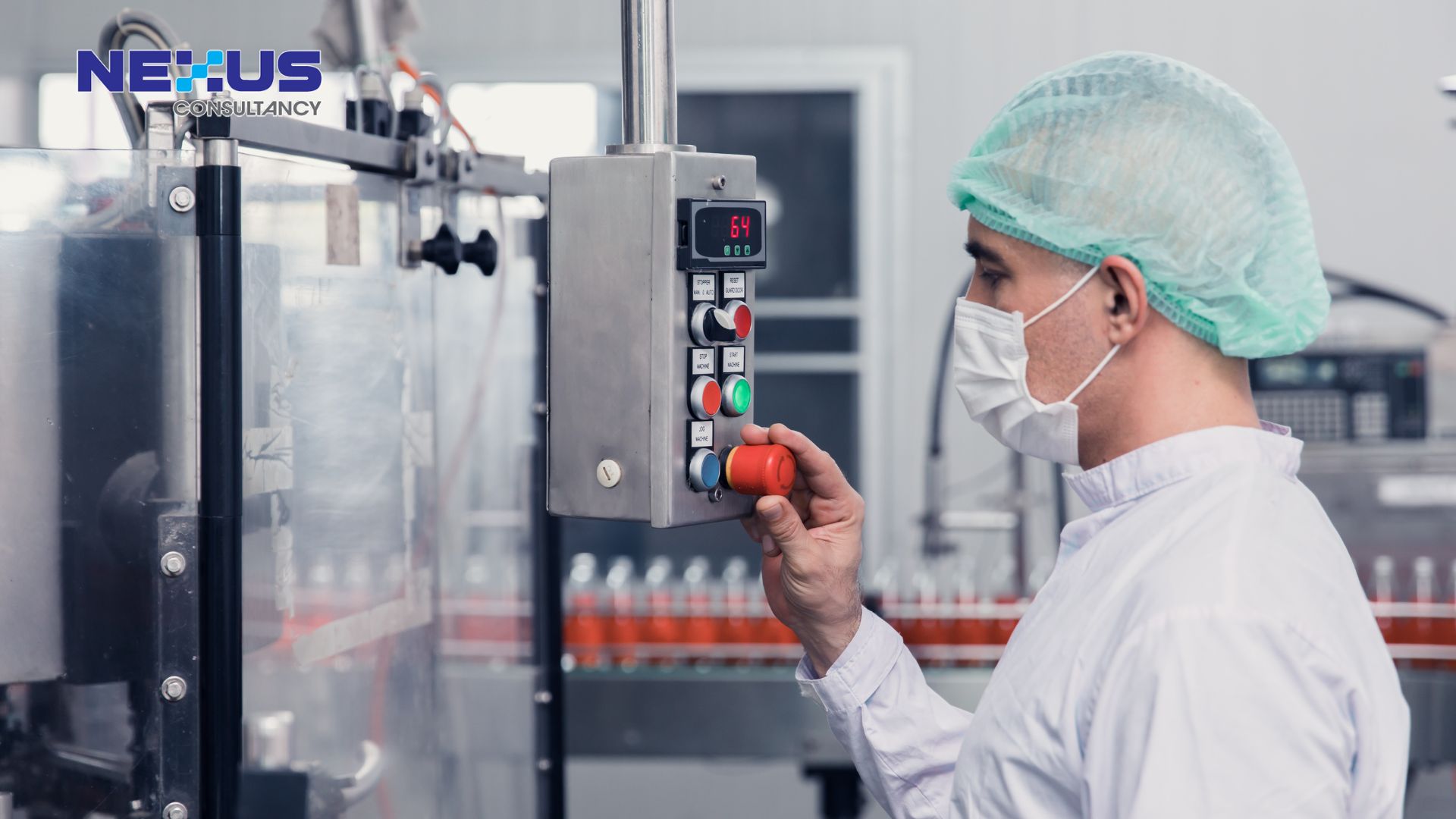
Danielle Tan
Chief Operating Officer
The ISO 14064-1 standard provides guidelines for organizations to quantify, monitor, and report greenhouse gas emissions and removals. This aims to explain the purpose and scope of ISO 14064-1, helping readers understand its importance in greenhouse gas reporting and environmental management.

Why Product Defense Team is Important?
Food defense and food fraud prevention encompasses the assessment, implementation, and management of security components within a facility. Delegating the development of a food defense and food fraud prevention program to a single individual with a singular background is impractical and risky. An overly rigid program could obstruct production, leading employees to bypass it for efficiency, ultimately rendering it ineffective. Thus, utilizing a team approach ensures that day-to-day operations remain unimpeded while bolstering the food defense program’s development.
Furthermore, the team-based approach allows for the distribution of responsibilities among team members once programs are in place. This delegation is essential, as a food defense coordinator may already be overloaded with regular duties and additional assignments. Consequently, team members can assume specific tasks and collaborate effectively in times of security events, meetings, and policy reviews.

Who Should be in the Product Defense Team?
Building a proficient product defense team requires selecting individuals with the capacity to contribute meaningfully and the availability to participate. Appointing team members too occupied with their existing responsibilities can hinder progress, making it vital to adjust priorities or identify suitable replacements.
Selecting team members is a critical process and should ideally include representation from various departments within the facility, such as the procurement, operations (production, quality assurance, warehouse, logistic), human resources, maintenance, IT, contract management, security etc.
| Role | Identify | Inform | Monitoring |
| Procurement | Vulnerabilities upstream |
Changes to suppliers and materials. Material knowledge. |
Internal and external supplier incidents. Market trends. Monitoring of suppliers. |
| R&D | Vulnerabilities upstream |
Compliance standards and legislation. Changes to claims. |
Internal and external product defense incidents. Developments in material testing. |
| Operations | Internal vulnerabilities | Internal security incidents. | |
| HR | Internal vulnerabilities |
Staff morale. Employee policies, staff contracts. Internal staff changes. |
External staffing trends. |
| Security | Internal vulnerabilities | Security procedures and equipment. |
Internal and external security incidents. Development in security processes. |
| IT | Internal vulnerabilities | Digital security systems. | Internal and external cyber security incidents. |
| Logistics | Vulnerabilities downstream |
Driver morale. Logistic processes including routes. |
Internal and external vehicle security incidents. |
| Contract Management | Vulnerabilities downstream | Change to contracts and contractors. |
Monitoring of contractors. Internal and external contractor incidents. |
Responsibilities of the product defense team include risk minimization based on vulnerability assessments, management of program steps and tools, and ensuring the development and adherence to an effective food defense and food fraud prevention plan. The team also addresses issues such as employee background checks, supervision of security personnel, fencing and landscape inspections, transport control, visitor entry, and access control systems, among others.
Working as a team, the product defense team commences with a vulnerability assessment to identify intentional contamination hazards and fraud. Recommendations for corrective actions and countermeasures are then implemented to mitigate risks. A food defense and food fraud plan is developed to address and minimize identified threats and vulnerabilities. Regular reviews and self-inspections ensure that security measures remain effective and up-to-date.

Training the Team
Training is a fundamental step in establishing an effective food defense and food fraud prevention program. Team members must acquire a fundamental understanding of food defense and food fraud, as it often gets overlooked in many food facilities. Assuming that personnel without a security background can effectively develop and manage a food defense and food fraud program is a misconception. While there are parallels between product defense and food safety, the disciplines are distinct, requiring specialized training for optimal implementation.
Training Requirements in the Standards
| FSSC 22000 version 6 |
FSSC 22000 Guidance Document: Food Defense 5. Food Defense Team and Training FSSC 22000 Guidance Document: Food Fraud Mitigation 5. Food Fraud Prevention Team and Training |
|---|---|
| BRCGS Food Safety Issue 9 |
4.2.1 Where personnel are engaged in threat assessments and food defense plans, the individual or team responsible shall understand potential food defense risks at the site. This shall include knowledge of both the site and the principles of food defense. Where there is a legal requirement for specific training, this shall be in place 5.4.1 Where personnel are engaged in vulnerability assessments, the individual or team responsible shall understand potential food fraud risks. This shall include knowledge of raw materials used by the site and the principles of vulnerability assessment. |

The Bottom Line
In the event of a security crisis, the product defense team convenes to assess and determine if it can manage the situation or if the crisis management team should take over. The team remains available to assist the crisis management team and can seek external assistance, if necessary, to resolve security issues effectively. The collective efforts of a well-structured product defense team are instrumental in safeguarding food facilities from potential threats and fraud and ensuring ongoing compliance.
Looking to train your food defense and food fraud team? Get in touch with us for more training details.






